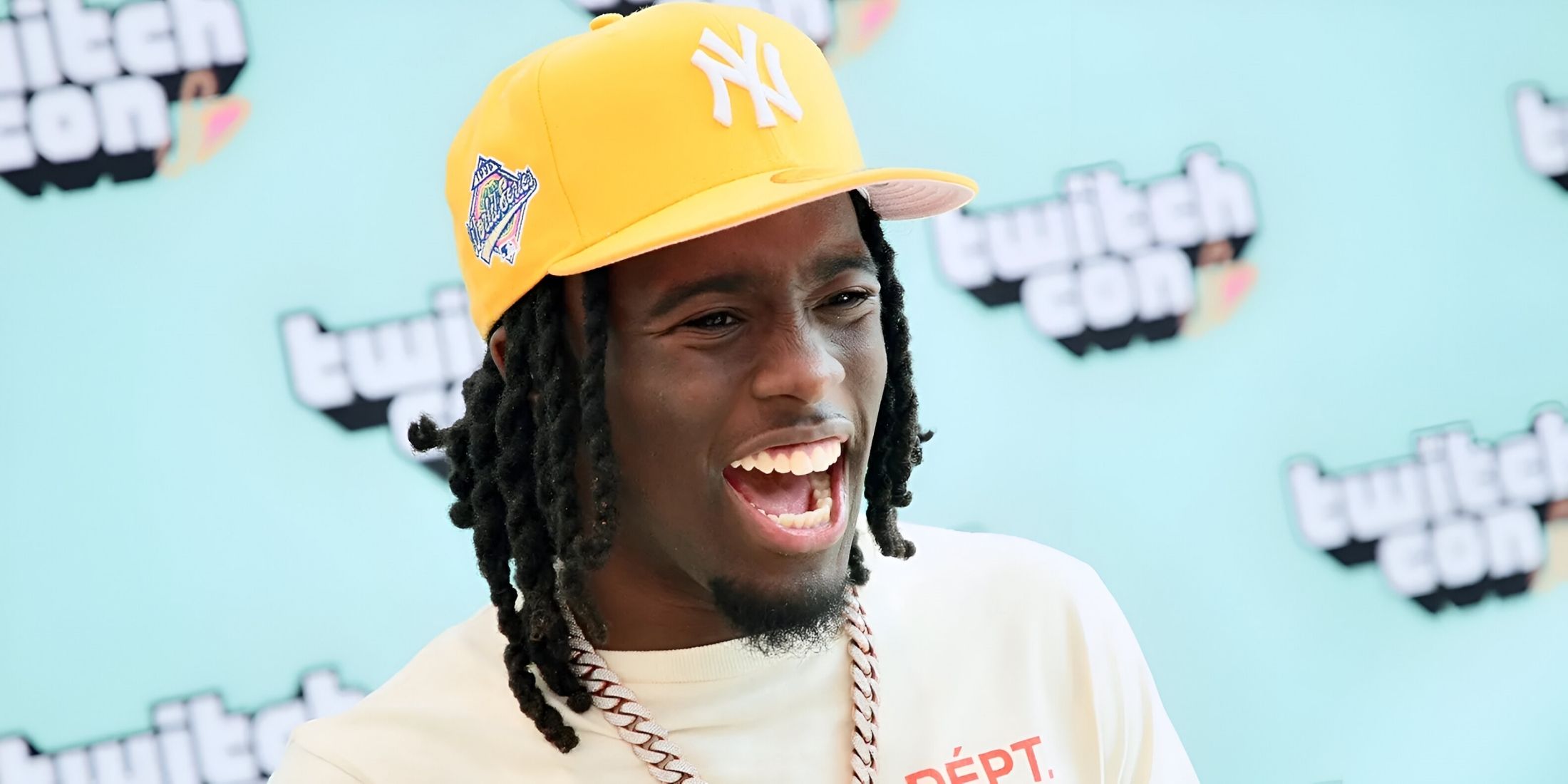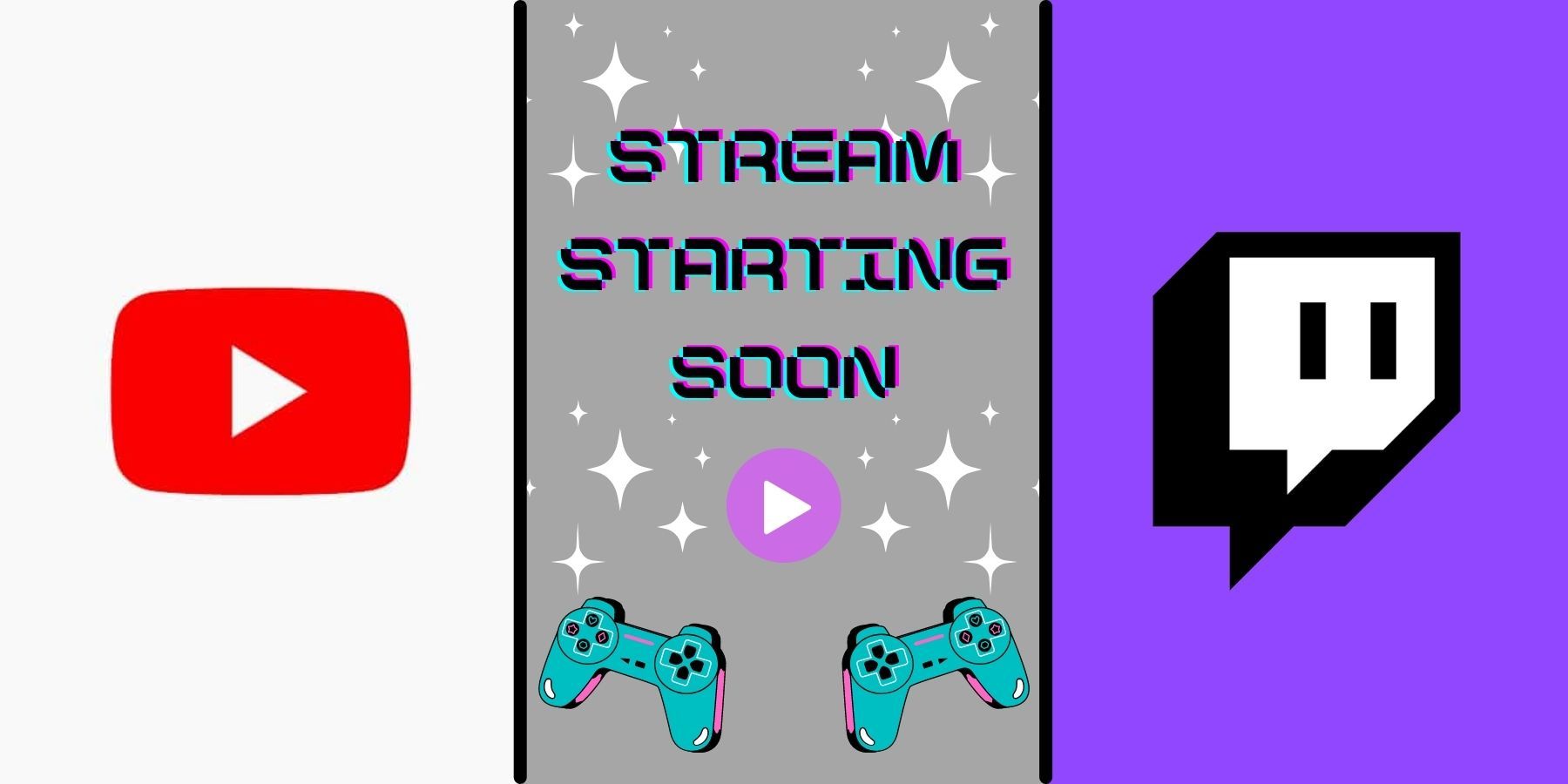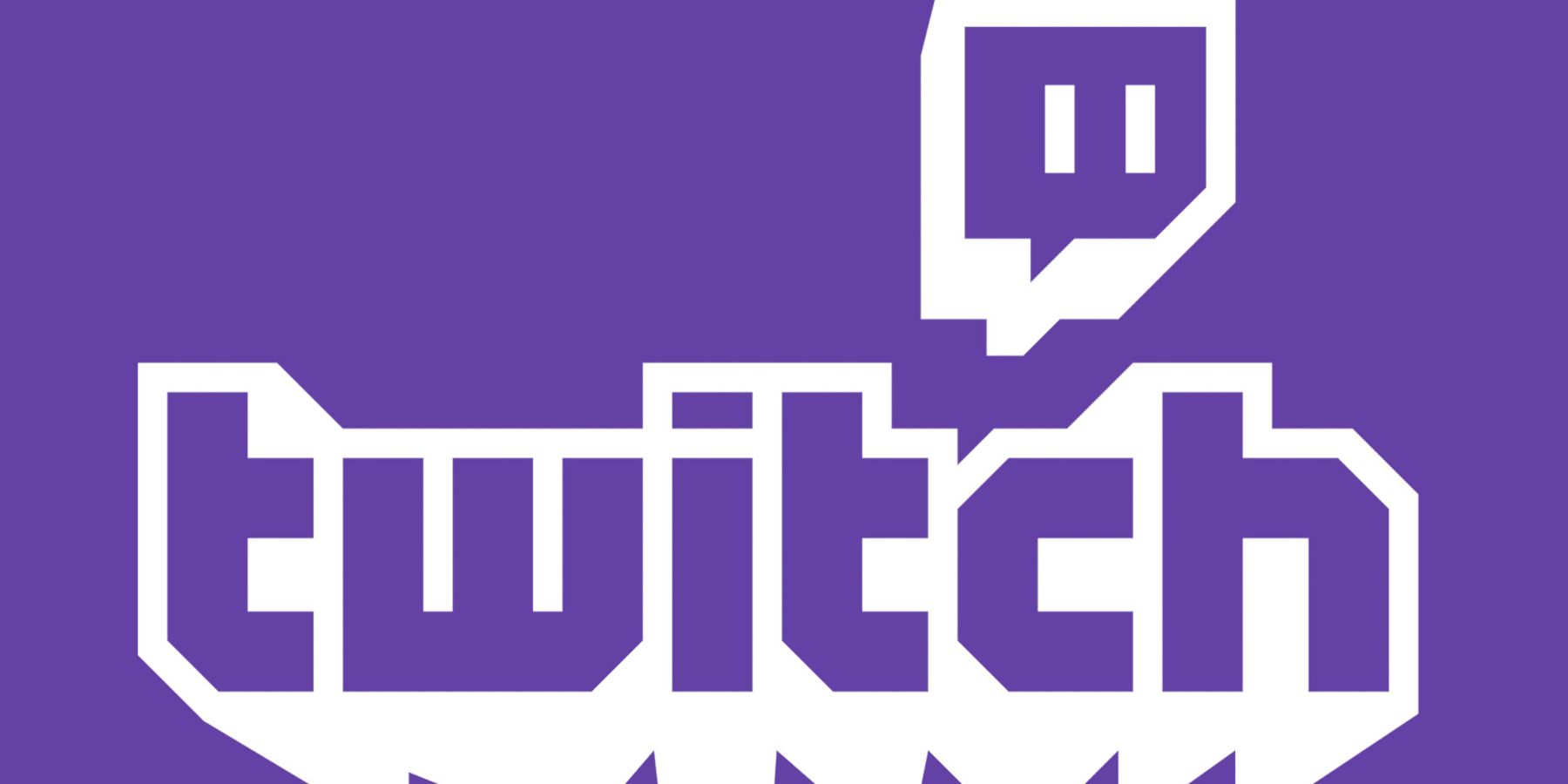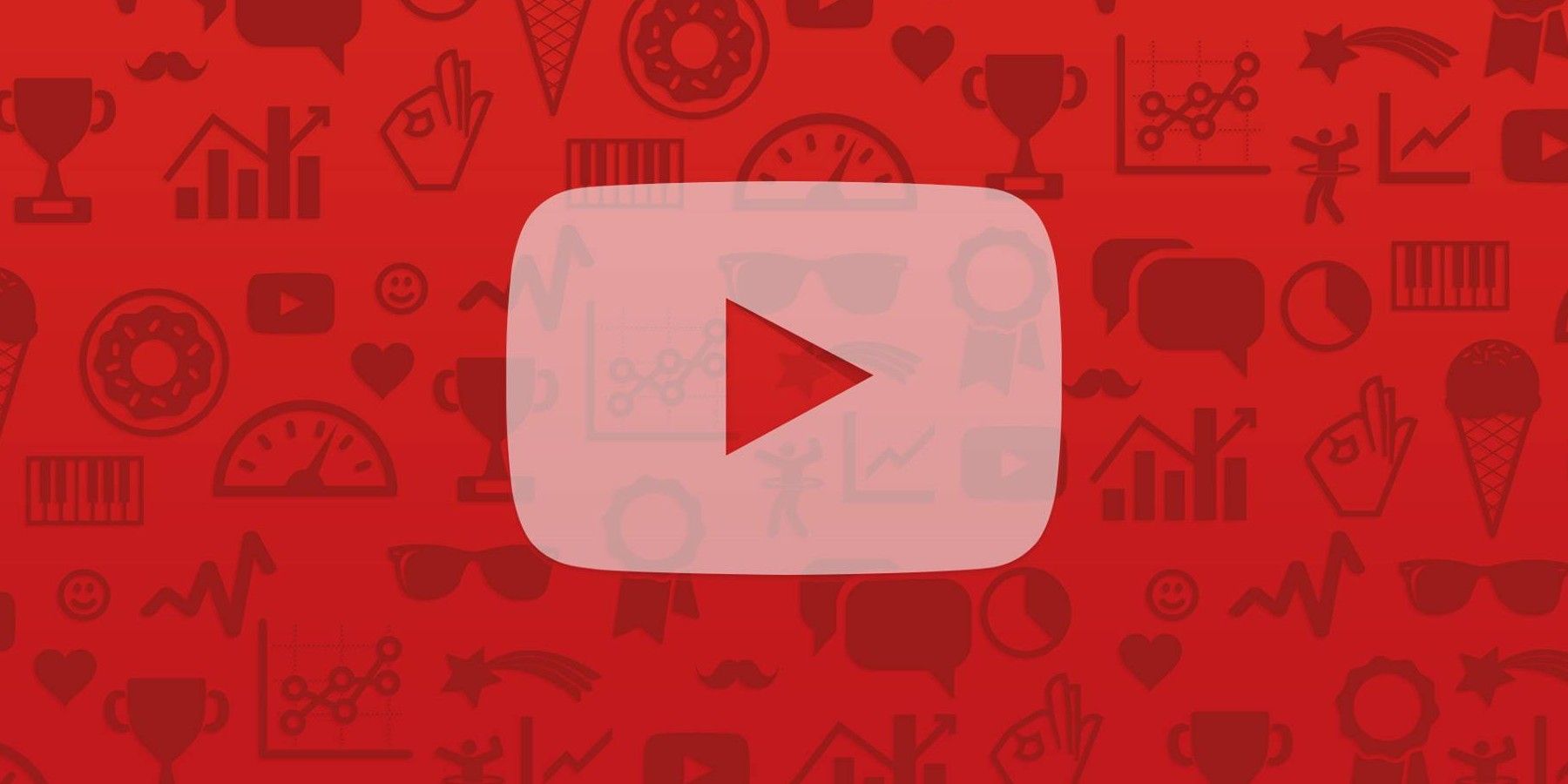Streaming is a viable career and a very common hobby. For gamers everywhere, livestreaming as they play through popular games offers a great opportunity to build up a community and potentially make some money. As the popularity of streaming continues to rise, streamers have a few options when it comes to choosing a platform for their content.
While not the only options for streamers, Twitch and YouTube are the two most populated platforms in terms of streaming. The two websites offer different pros and cons, and some streamers will utilize both or switch back-and-forth between the two. The choice of which site to post the majority of one's content to largely depends on a streamer's personal preferences and streaming style.
Streaming on Twitch
Twitch is owned by Amazon and is a streaming-only platform. That means the only content available is current or recent livestreams, not pre-recorded videos. While any kind of content can be streamed, a vast majority of content creators on Twitch are video game streamers, which has led to Twitch's reputation as a platform meant for video games first and foremost. Because of this, it can potentially be easier for streamers to grow an audience on Twitch when playing games because the built-in community is large and like-minded. Many of the most popular streamers in the world; people like Ninja, Pokimane, shroud, and more; have proven that wild success on Twitch is possible.
The threshold for monetizing a Twitch stream is notably lower than YouTube's. In order to become a Twitch affiliate, a streamer needs a minimum of 50 followers, an average of three viewers per stream, and a total of 500 minutes streamed over a seven-day period. Twitch also offers more options for streamers to gain revenue like bit donations, monetary donations, subscriptions, merchandise, and ads. However, Twitch's algorithm doesn't particularly favor new and less-popular streamers, so while creators can monetize their content earlier, making any significant profit will likely require a lot of legwork.
Streaming on YouTube
YouTube is owned by Google and is significantly older than Twitch, but has only integrated streaming capabilities in recent years. While the platform now supports streams, its main form of content is still pre-recorded videos. In general, YouTube is a better platform for long-lasting content since streams stay up indefinitely after they're completed. If a creator streams Pokemon Legends: Arceus on Tuesday morning, the video will still be up on Friday afternoon, and the creator will continue to benefit from views after the stream has finished. While YouTube is newer to the world of video game streaming, many popular creators like Dream, Valyrae, Dr DisRespect, and more gain millions of views on their YouTube streams.
In order to begin making money on YouTube streams, the requirements are much steeper than Twitch's. The platform requires content creators to have 1,000 subscribers and a minimum of 4,000 hours of watch time to monetize a channel. There are also fewer options for monetization, limited to advertisements, paid memberships, and Super Chat donations. YouTube's advertisements pay more per-view than Twitch advertisements, but YouTube takes a larger cut of profits than Twitch, making the two fairly comparable in terms of profitability.
Twitch and YouTube offer similar experiences when it comes to streamers. For a streamer trying to decide which platform to work on, it comes down to a matter of priorities. While Twitch offers monetization faster, it's harder to build up a Twitch audience. While YouTube requires more, the algorithm is more favorable to smaller creators. Depending on what a creator wants to stream, how often they want to post, the length of videos they want to make, and their community preferences, both Twitch and YouTube are valuable for different reasons.






